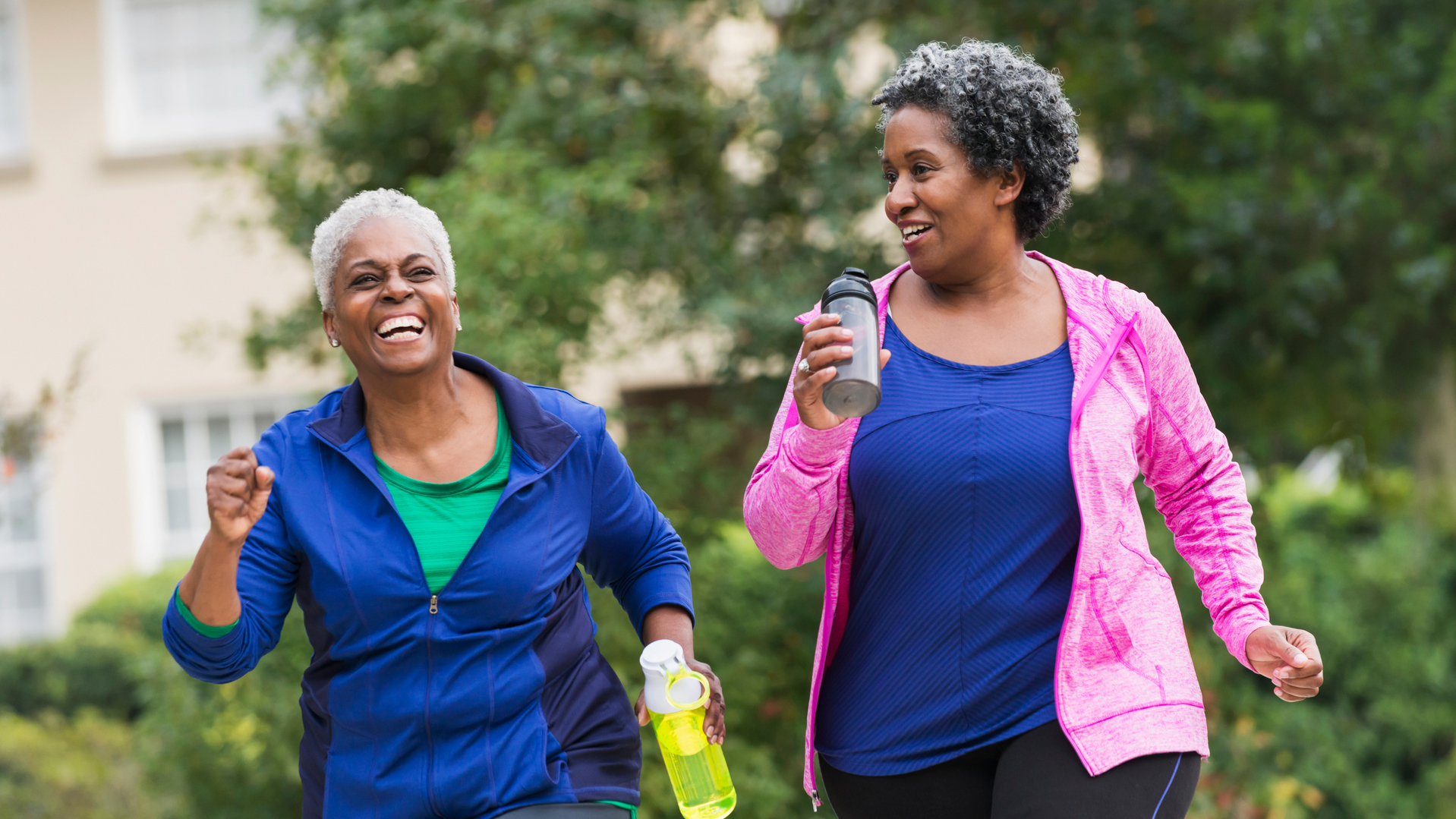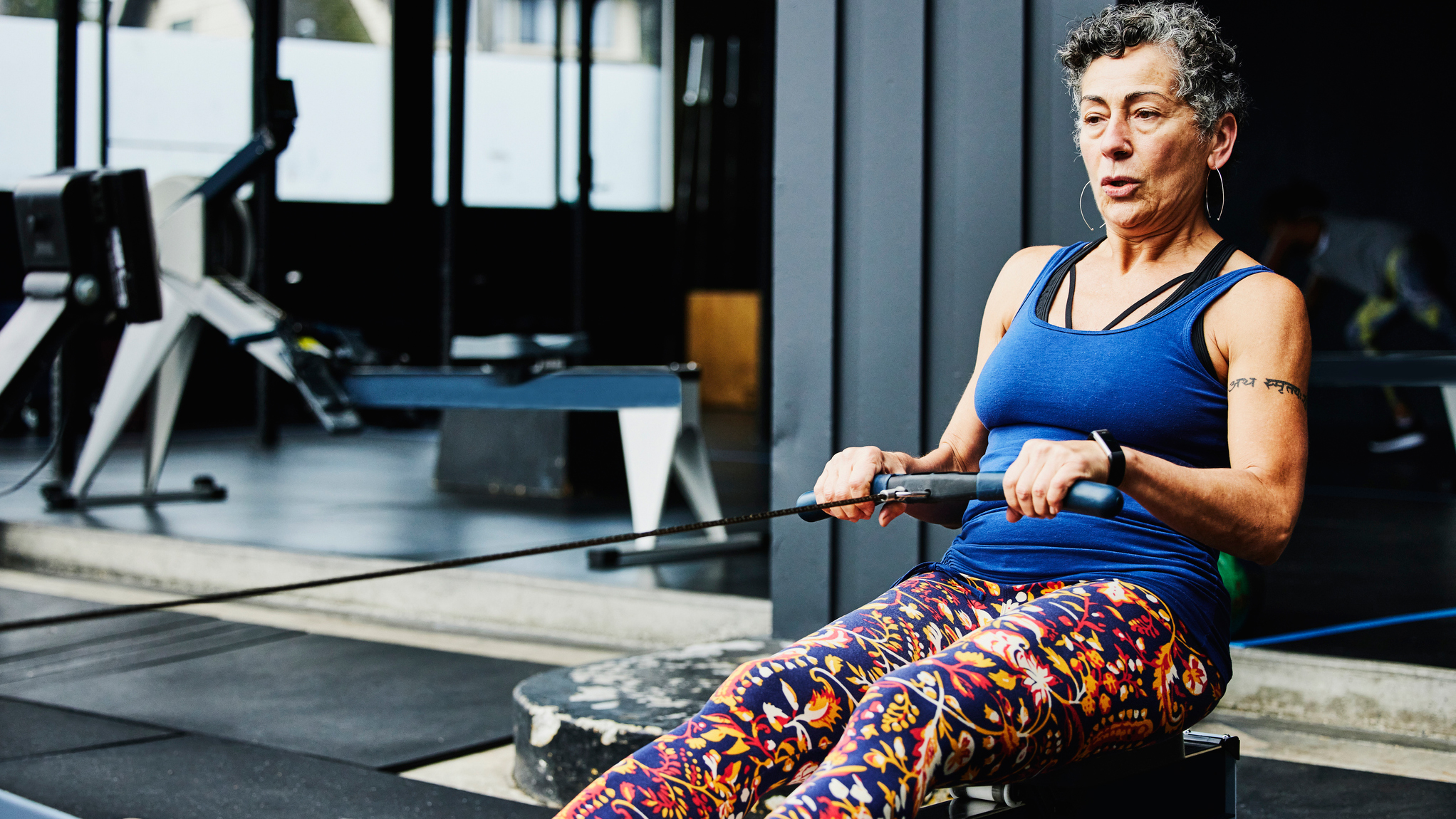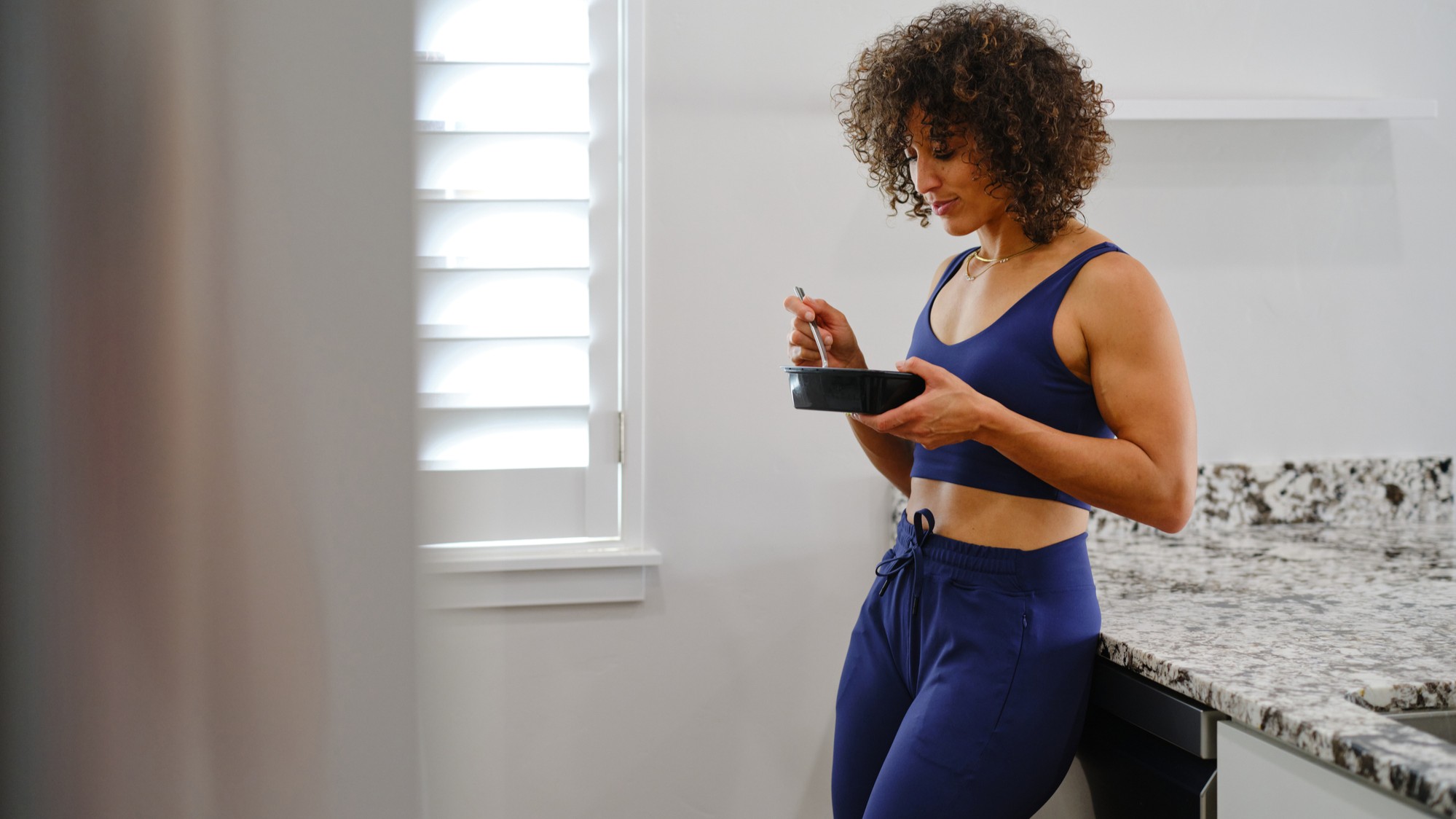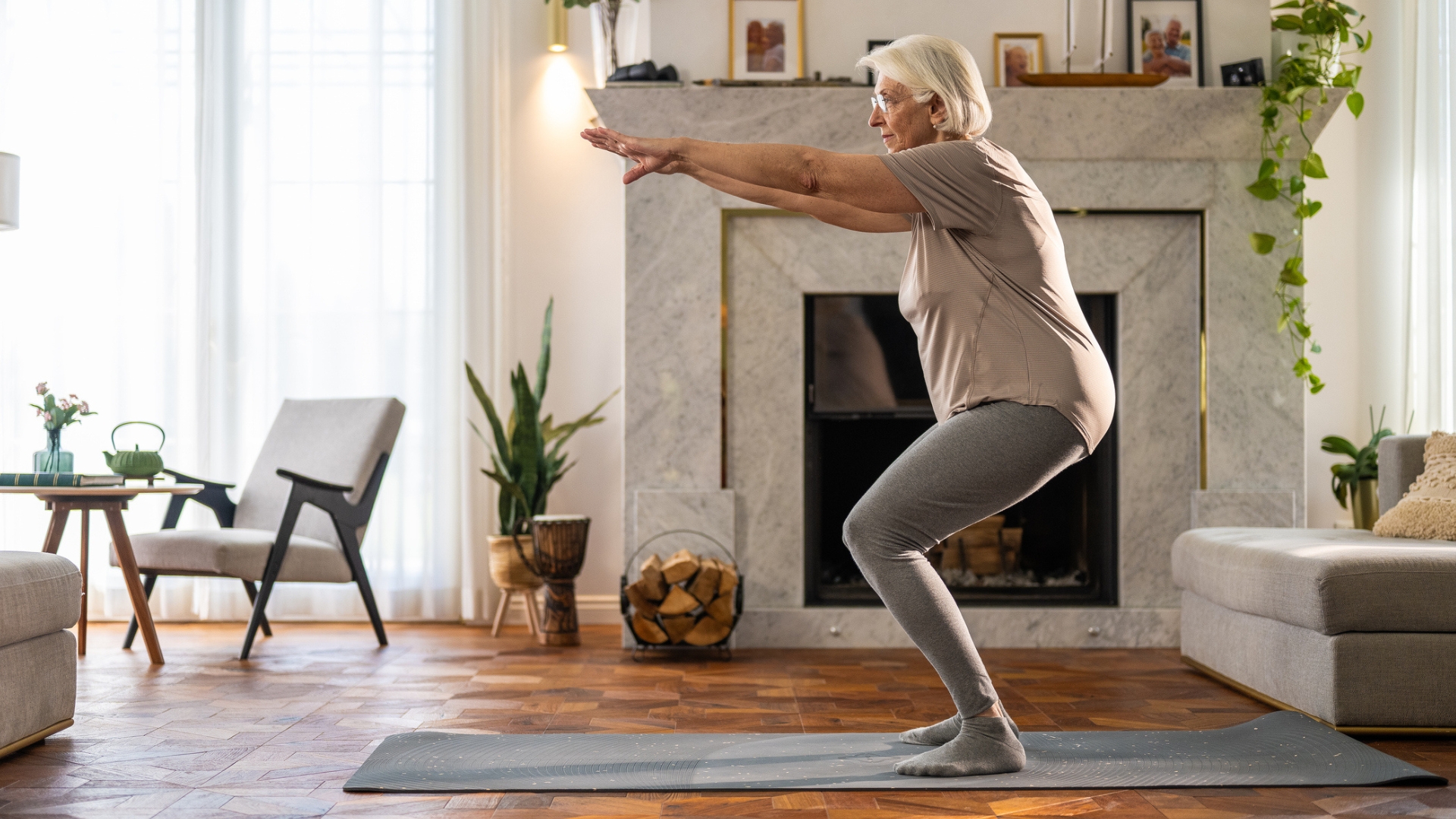Your metabolism starts declining when you're 60 years old. Here's how to fight it
Why metabolism begins declining when you're 60 according to new science, and how building muscle can slow it down


It's always tough to start a weight loss journey, but it's especially tough to start in later life. After the middle-aged spread, the well-known weight increase in later life, it feels increasingly difficult to shift those pounds, and you might wonder if your body is up to the challenge.
The best exercises for weight loss, while very effective, often contain a lot of high-impact movements such as burpees that aren't great for overweight seniors due to the stress placed on joints. Low impact, lower-intensity exercises such as walking to lose weight are also very effective, but aren't quite as efficient at revving up your metabolism.
New research from Pennington Biomedical Research Centre suggests that our metabolisms don't really start to decline again until after age 60. The slowdown is said to be very gradual, only around 0.7 percent a year after this age, and this is a natural part of the ageing process. But if your body isn't as efficient at burning calories, and high-impact, high-intensity exercise is unsuitable for you, you're going to have to look into alternative ways to stay fit and healthy.
Ideally, you're going to want to build muscle as well as burn calories. Lean muscle mass requires more oxygen than fat cells, and your body has to work harder and burn calories to get that oxygen flowing around your body. This means your base metabolic rate increases as you build muscle, according to research published by the National Institute of Health.

The study found "skeletal muscle is a crucial tissue for maintaining blood glucose control and energy balance", with lean muscle mass helping to regulate blood sugar. Building a bit more muscle, even after 60, can help regulate and offset this natural loss of metabolism.
A great way to both burn calories and build muscle, while keeping to a low-impact exercise, is by using a rowing machine or an elliptical machine. Both machines work your arms and legs simultaneously with resistance. Rowing machines work your back, while elliptical machines or cross trainers, tone your core.
You also get a great calorie-burning cardiovascular workout, and best of all, both machines are low-impact, so no sudden jolts to your knees, hips or ankles. Our guides to the best rowing machine and best elliptical machine for you can help you make a choice between these two.
Get the Fit&Well Newsletter
Start your week with achievable workout ideas, health tips and wellbeing advice in your inbox.
Finally, you'll need a good source of protein to build and maintain that muscle. Chicken, fish, red meat, pulses such as beans and legumes like peas are all suitable dietary sources. However, if you're looking to get additional protein into your diet ~ always a good idea if you're actively doing resistance training – you can try a low-calorie, low-carbohydrate protein powder. The American College of Sports Medicine recommeds somebody who's doing resistance training should eat 1.2-1.7g of protein per pound of body weight. The best protein powder for weight loss list can help make up a shortfall.
Matt Evans is an experienced health and fitness journalist and is currently Fitness and Wellbeing Editor at TechRadar, covering all things exercise and nutrition on Fit&Well's tech-focused sister site. Matt originally discovered exercise through martial arts: he holds a black belt in Karate and remains a keen runner, gym-goer, and infrequent yogi. His top fitness tip? Stretch.
-
 Put down the protein shake—this high-protein chicken and rice recipe is a better way to refuel after a workout
Put down the protein shake—this high-protein chicken and rice recipe is a better way to refuel after a workoutAnd it only takes 10 minutes to make
By Lou Mudge
-
 The three Pilates exercises every beginner should start with, according to an expert instructor
The three Pilates exercises every beginner should start with, according to an expert instructorA sequence that will take you no more than 10 minutes
By Alice Porter